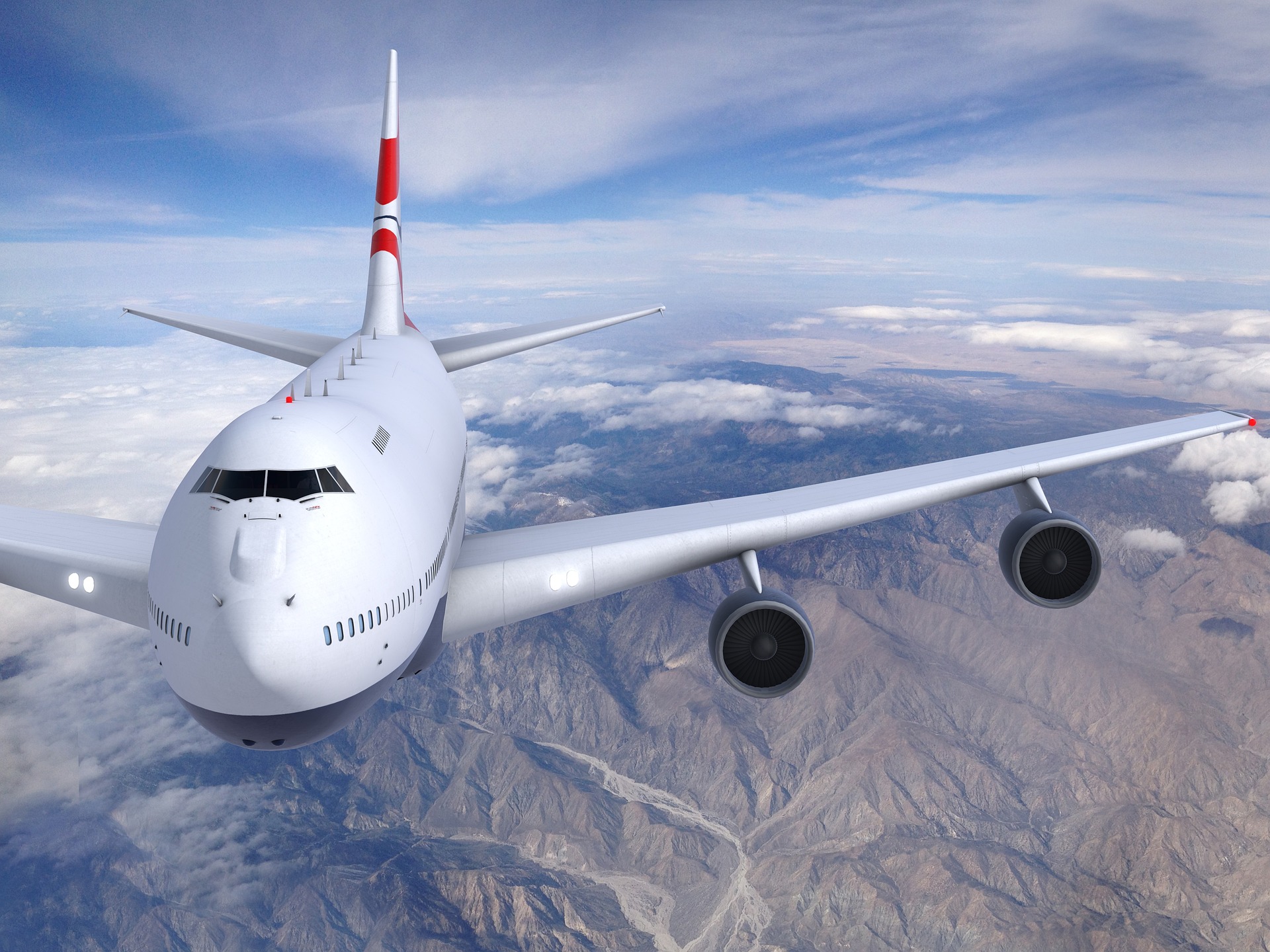
Profit and Safety
The recent safety incidents involving Boeing and the Federal Aviation Administration (FAA) underscore the risks of close ties between regulatory bodies and profit-driven corporations in the aviation industry. Boeing’s profit-oriented approach, coupled with its influence over FAA oversight, highlights the inherent dangers to safety in a capitalist system.
Intense scrutiny has focused on Boeing’s relationship with the FAA due to alarming incidents, such as the mid-flight fuselage panel blowout on an Alaska Airlines plane. This event caused several high-level departures at Boeing, including CEO Dave Calhoun, and resulted in reduced production of the 737 MAX aircraft. Despite this, Boeing has repeatedly emphasized its cooperation with FAA oversight, claiming to operate with transparency.
However, critics argue that the FAA itself shares responsibility for these lapses. Senator Richard Blumenthal, leading an investigation into Boeing’s safety practices, insists that the FAA must be held accountable alongside Boeing. Critics have long criticized the agency’s reliance on manufacturers like Boeing to self-report problems as a conflict of interest. With limited resources and funding, the FAA delegates much of its oversight to industry insiders, raising concerns about impartial regulation.
Aviation experts, like Hassan Shahidi of the Flight Safety Foundation, emphasize the need for a fundamental shift in oversight responsibility. They argue that the FAA should take a more direct role, dispatching its inspectors rather than relying heavily on manufacturer self-regulation. Shahidi and others acknowledge some improvement but stress that sustained vigilance and increased resources are essential.
The FAA’s budget and staffing directly impact its ability to enforce rigorous safety standards. Congress approved a “record” level of funding, yet skilled personnel shortages persist due to pandemic-related industry challenges. Higher pay and better benefits in the private sector draw qualified workers, posing challenges for the FAA in filling critical positions.
Furthermore, whistleblower testimony has exposed troubling dynamics within the FAA, with allegations that the agency has become “too captive to Boeing.” Investigations into past crashes revealed instances where Boeing concealed critical information from regulators, underscoring the risks posed by a regulatory environment influenced by corporate interests.
Ultimately, the relationship between Boeing and the FAA exemplifies the dangers of profit-driven decision-making in critical safety matters. The current system, characterized by industry self-regulation and limited oversight, raises serious concerns about public safety. Reforming this system requires increased funding and direct FAA intervention to restore public trust and ensure air travel safety.